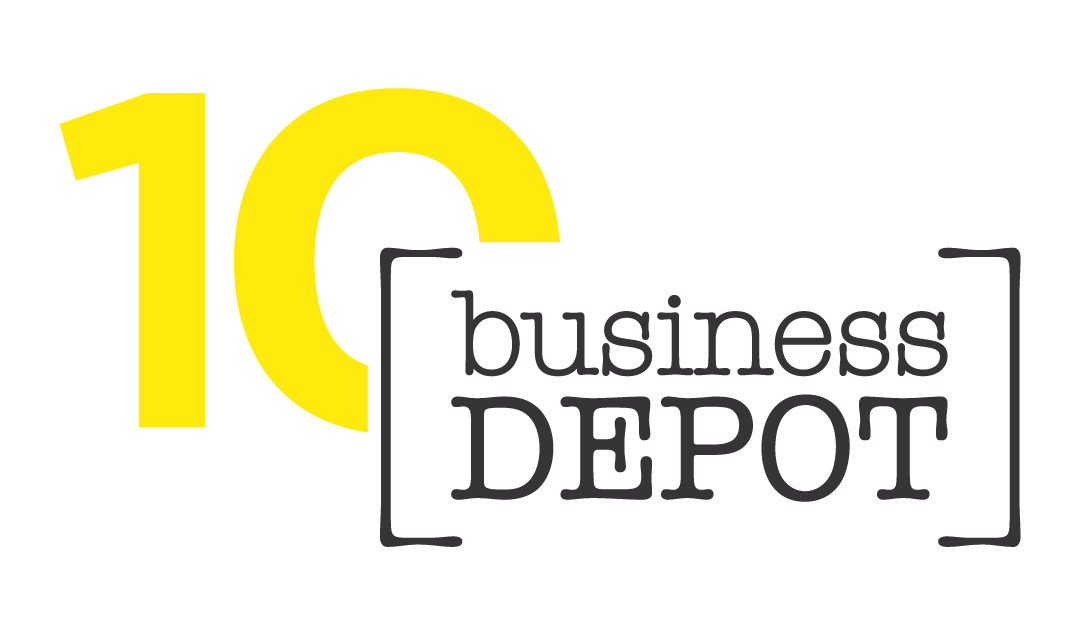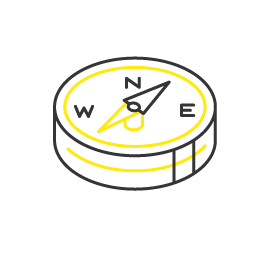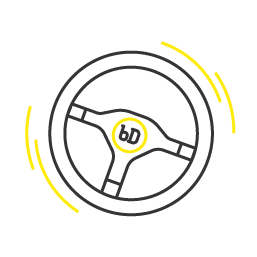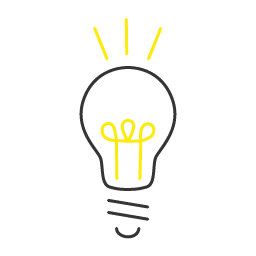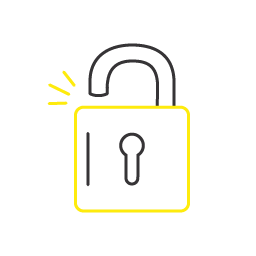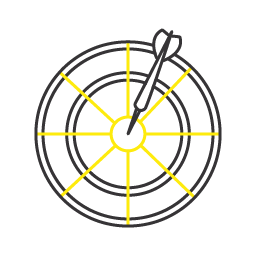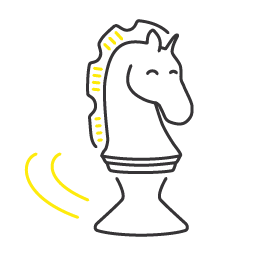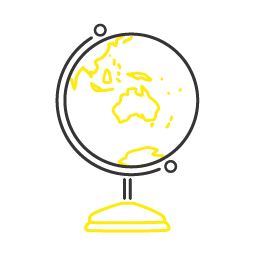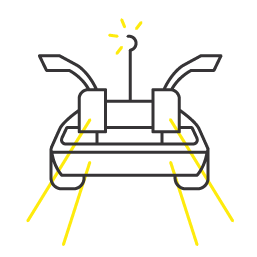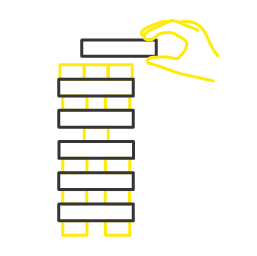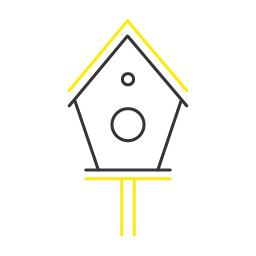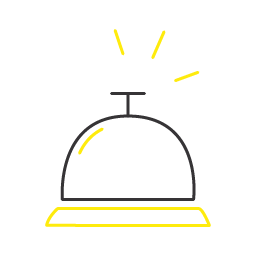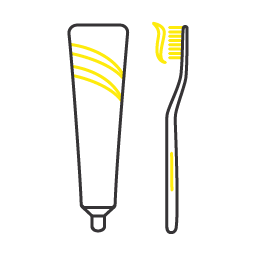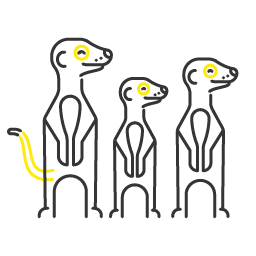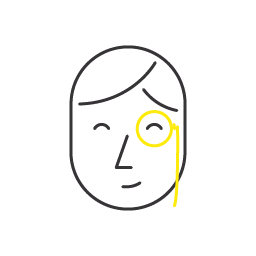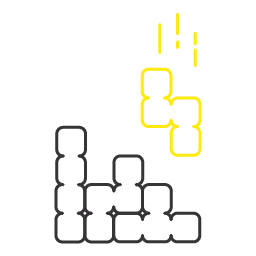Do you know who your buyer persona and ideal customer is? It’s a question we are always asking business owners. The response we often hear is along the lines of “Men and Women in their 30’s”, “People in Queensland who need our product”, or my favourite one, “Everyone”. Let’s set the record straight. For small businesses, if your product or service is for everyone, it’s really for no one. To cut through the noisy market of brand messages and content and attract people who are aligned with your product or service and more likely to buy, you need to understand your target market on a much deeper level.
Knowing your ideal customer is key to high conversions. They can help you scale and grow, while also keeping your acquisition costs down. Creating a buyer persona means your time and resources can be better spent positioning your business, product or service in front of the right people, your ideal customers.
Buyer personas will actually provide structure and context for your business. They make it easier to map out your marketing content, but also help achieve that often-missed alignment across teams. When you actually start creating your buyer persona, you may realise how little you actually know about your customers.
Learning about your ideal customer – their challenges, goals, personality, and so on – helps you set a strategy to attract the most valuable leads into your business, and nurture them to the point of conversion. I’ve put together a couple of points on why your business needs a buyer persona, also a short snippet on how to create one for yourself.
what is a buyer persona?
A buyer persona is a fictional avatar, who represents your business’s ideal customer. It is not merely a description of your buyer, as I’m sure the sales team can tell you their profile with confidence. It is a tool used from positioning and content strategy, through to messaging and sales.
The purpose of creating a buyer persona is to get a comprehensive understanding of who you are actually marketing to. To put yourself in their shoes and understand how they want to be marketed to, sold to and serviced. Until you nail your persona, you can’t really be sure that your offering and message will be connecting with the right people, at the right time.
why have a buyer persona?
What catches the buyer’s attention in an overwhelmingly ad-heavy world? And, how does a buyer determine which one of these messages to acknowledge and trust? The answer is personalisation. And, personalisation can only come from a place of truly understanding your audience.
You don’t want your copy to sound like it’s coming from a corporation. You want your copy to sound like it’s coming from a friend, someone who knows you and understands what you need. If you are sending your message into the void without knowing the wants, needs, preferences, and experiences of who is receiving it, then there can be no hope of creating or nurturing that connection.
Let’s use an example here to help you visualise. If you are a user of Spotify, then I’m sure you have seen the Daily Mix. That is an example of personalisation at its finest. Spotify has collected data from its listeners and has developed a playlist which is finetuned to their preferences. There is no point in redirecting someone who listens to 90’s death metal to soft acoustic covers unless you want to annoy them. This is the same for your customers. Your customer does not want to receive the wrong marketing message. Full stop. You will push them away.
Now I’m not saying you are Spotify or have the budget to set up these complicated systems that they use to create the Daily Mix, but you can sure take a leaf out of their book in the bid for personalisation.
how many buyer personas should i have?
You can have more than one buyer persona and chances are you will. But don’t get carried away with creating a dozen. Start small, perhaps two or three and expand as you begin to notice and differentiate between your various customer types.
For example, you’re a personal trainer. You might have clients who want to gain lots of muscle, and others who are looking to lose weight. Since they have two completely different goals, you should create two different personas.
do your research
When creating a buyer persona, you’re essentially pulling a personality from your target market, so take a look at your current client’s first.
To give you some more insight, you can also refer to:
- Industry articles about your most likely customer
- Social media channels where your most likely customer is hanging out
- Keyword research
- Asking your Sales team who interacts with your customer on the daily
- Support businesses in your industry. So if you work in pet food, maybe take a look at pet apparel?
how do i create a buyer persona?
Are you ready to put the pedal to the medal? Well, you’re in luck because I have put together the tools to build a very basic buyer persona to start you on your way.
Questions about their own personal background
Demographics
Age, gender, location?
Educational Background
Have they been to university, do they have a BA or a PHD?
Career path
Have they been an accountant for their whole professional career, or did they decide to become the managing director of their own multi-service company?
Questions about the company they operate in
- What is their industry
- Who are their clients?
Questions about their role
- What is their job role?
- Are they the top dog or do they report to someone?
- What happens in their typical day?
- What tools are used in their job?
- What are their challenges
- How do they learn new information needed for their job?
Now, these are just a few things that can help get the conversation moving. I would recommend that you put as much detail into these personas as you can. Starting these conversations with the team can help you drill down further into who your ideal customer really is.
humanise your persona
Give the buyer persona a name and an image. Doing so tends to bring out more of our emotional, empathetic side instead of just looking at a bunch of words. Part of the reason marketing and sales efforts fail is that businesses see customers as data points on a spreadsheet and not people. It can be easy to get caught up in A/B testing and vanity analytics because they are shiny and make you feel like you are progressing.
But Marketing and Sales is as much about empathy as it is advertising. That is why you should humanise your persona and make them a living breathing person.
Persona Name:
Peter the Professor
Job Title:
Professor
Demographics:
– 60-75
– Male
– Lives in Bundaberg
Goals and Challenges:
– To become a doctor
– Finding time to study
And so on. Give this persona to your staff. Refer to them by their first name and bring them to life in your discussions. If everyone is talking the buyer persona language, then all areas of your business can work together, in unison. Kumbuya.
perfect
Your buyer personas can change and evolve. So make sure that you update them when you need to and keep that conversation open with the team.
a final note
the buyer’s journey
Think about inbound marketing like a giant magnet, pulling your ideal customer into your space. SO, YOU CAN CAPTURE THEM! Just kidding, so you can lead them through your buyer’s journey.
The buyer’s journey is the journey of your buyers from recognising they have a problem, to finding your company to solve it. As a buyer evaluates their options and narrows it down to one.
The buyer’s journey is a framework that acknowledges your buyer’s progression through research, the decision process and ultimately a purchase through your business.
as a rule of thumb, the buyer’s journey consists of the following stages:
- Develop interest
- Gather information
- Explore options
- Make the purchase decision
The buyer’s journey and your buyer persona should work together. And to understand the journey, you must have your buyers personas as a first. Understanding your buyers in this depth means that you can create really targeted content that addresses the buyers challenge at each stage of their journey.
The ability to produce the right content, at the right time to the right audience is not an accident. It’s all about planning and perfecting your buyer’s personas. If you need any help with your personas and subsequent marketing strategy, get in touch with the team at businessDEPOT Marketing.
